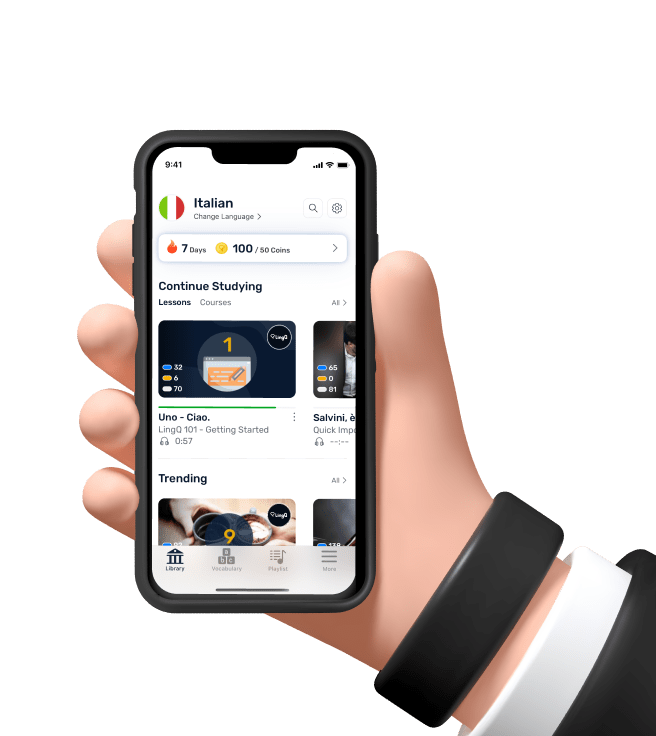一天 三次
Ein Tag, drei Mal.
three times a day
Un jour, trois fois.
1日 3回
一天三次
病人 : 大夫 , 我 头疼 , 咳嗽 , 还 流鼻涕 。
Patient: Doctor, I have a headache, cough, and runny nose.
医生 : 张嘴 , 啊 ……
Doctor: Open your mouth, ah ...
病人 : 啊 ……
Patient: Ah...
医生 : 感冒 了 , 给 你 开点 感冒药 , 一天 三次 , 每次 两片 。
Doctor: If you have a cold, give you cold medicine three times a day, two tablets each time.
病人 : 好 的 , 谢谢 !
今天 , 我们 对话 的 题目 是 —— 一天 三次 。
Today, the topic of our dialogue is-three times a day.
首先 , 我们 来 看看 和 感冒 有 关系 的 几个 词 和 词组 。
First, let's take a look at a few words and phrases related to colds.
第一个 ,“ 头疼 ”。
The first, "headache".
“ 头部 疼痛 ”。
"Head pain."
我们 还 可以 说 “ 眼睛 疼 ”、“ 手疼 ”、“ 腰疼 ”、“ 背疼 ”、“ 肚子疼 ”、“ 腿疼 ”、“ 脚疼 ” 等等 。
We can also say "eye pain", "hand pain", "back pain", "back pain", "stomach pain", "leg pain", "foot pain" and so on.
“ 疼 ” 的 近义词 是 “ 痛 ”。
The synonym for "pain" is "pain".
“ 疼痛 ”。
那好 , 我们 学习 第二个 ,“ 咳嗽 ”(cough)。
Okay, let's learn the second one, "cough".
“ 咳嗽 ” 就是 在 感冒 的 时候 我们 经常 会 很 强烈 的 呼吸 ( 咳嗽声 )。
"Coughing" means that we often breathe very strongly when we catch a cold (coughing sound).
那 “ 咳嗽 ” 这 两个 字 很 难 写 , 最 左边 都 是 “ 口 ” 字 , 和 “ 嘴 ” 有 关系 的 字 左边 一般 都 是 “ 口 ” 字 。
The words "cough" are hard to write. The left side is the word "mouth". The left side of the words related to "mouth" are generally the word "mouth".
Le mot "toux" est très difficile à écrire, et le caractère "口" se trouve à l'extrême gauche du caractère, et le caractère "口" se trouve généralement à la gauche des caractères liés à "口". Le mot "bouche" se trouve généralement sur le côté gauche des mots liés à "bouche".
比如 , 唱歌 的 “ 唱 ”,“ 吃饭 ” 的 “ 吃 ”,“ 喝水 ” 的 “ 喝 ”,“ 叫喊 ” 的 “ 叫 ” 和 “ 喊 ”。
For example, "sing" for singing, "eating" for "eating", "drinking" for "drinking water", "calling" and "screaming" for "screaming".
Par exemple, "sing" dans "sing", "eat" dans "eat", "drink" dans "drink", "call" et "shout" dans "yell". "drink", "shout" et "yell".
好 , 我们 学习 第三个 和 感冒 有关 的 词 是 ,“ 鼻涕 ”。
Okay, the third word we learned about colds is "snot"
鼻子 里 流出 的 水 , 就 叫 “ 鼻涕 ”, 也 有 的 地方 叫做 “ 鼻水 ”。
The water flowing out of the nose is called "nose", and some places are called "nasal water".
那 “ 眼睛 里 流出 的 水 ” 叫做 “ 泪水 ”,“ 嘴里 流出 的 水 ” 叫做 “ 口水 ”。
The "water from the eyes" is called "tears", and the "water from the mouth" is called "slobbers".
那 我们 课文 中 的 句子 是 :
Then the sentence in our text is:
病人 : 大夫 , 我 头疼 , 咳嗽 , 还 流鼻涕 。
Patient: Doctor, I have a headache, cough, and runny nose.
好 , 接下来 , 我们 看 “ 张 ” 这个 词 , 这里 是 动词 。
Ok, next, let's look at the word "Zhang", here is the verb.
“ 一张 纸 ”、“ 两张 钱 ” 这里 的 “ 张 ” 是 量词 。
"One piece of paper", "Two pieces of money" Here, "zhang" is a quantifier.
记住 ,“ 张 ” 和 “ 张 ”, 一个 是 动词 , 一个 是 名词 。
Remember, "Zhang" and "Zhang" are verbs and nouns.
今天 我们 就 来 学习 动词 “ 张 ”。
Today we will study the verb "Zhang".
动词 “ 张 ” 的 意思 是 “ 从 关闭 变成 打开 的 动作 ”, 经常 说 “ 张开 ”。
The verb "Zhang" means "action from closing to opening", often saying "opening".
它 的 反义词 是 “ 闭 ”,“ 从 打开 的 样子 变成 关闭 的 样子 ”。
Its opposite is "closed", "from open to closed".
比如 , 我们 可以 说 “ 张嘴 ”,“ 闭嘴 ”,“ 张口 ”,“ 闭口 ”。
For example, we can say "open your mouth", "shut your mouth", "open your mouth", "close your mouth".
比如, 我们可以说“ 张嘴”,“ 闭嘴”,“ 张口”,“ 闭口”。
比如 ,“ 现在 的 孩子 一 张嘴 就 可以 吃 到 父母 准备 好 的 食物 。
For example, "Now children can eat food prepared by their parents with one mouth.
比如,“ 现在的孩子一张嘴就可以吃到父母准备好的食物。
那 我们 课文 中 的 句子 是 :
Then the sentence in our text is:
医生 : 张嘴 , 啊 ……
最后 , 我们 来 看看 表示 频率 的 说法 , 意思 是 “ 多长时间内 要 重复 做 几次 一样 的 动作 ”。
Finally, let's take a look at the expression of frequency, which means "how often should the same action be repeated several times".
最後に、頻度という用語を見てみましょう。これは、「一定期間に同じアクションを何回繰り返すか」を意味します。
我们 这样 说 “ 时间 + 次数 ”。
We say "time + times" this way.
比如 ,“ 你 一年 去 几次 中国 ?
For example, "How many times a year do you go to China?
” 回答 “ 一年 两次 。
"Answer" twice a year.
再 比如 ,“ 你 一个月 看 几次 电影 ?
Another example is, "How many movies do you watch a month?
” 回答 “ 一个月 4 次 。
"Reply" 4 times a month.
这里 的 “ 一年 ”、“ 一个月 ”、“ 一天 ” 也 可以 说成 “ 每年 ”、“ 每月 ”、“ 每天 ”。
Here, "one year", "one month" and "one day" can also be said to be "yearly", "monthly" and "daily".
那 我们 课文 中 的 句子 是 :
Then the sentence in our text is:
医生 : 感冒 了 , 给 你 开点 感冒药 , 一天 三次 , 每次 两片 。
Doctor: If you have a cold, give you cold medicine three times a day, two tablets each time.
那 我们 今天 课文 的 对话 是 : 一个 病人 和 医生 的 对话 , 医生 也 叫 “ 大夫 ”。
注意 这里 不 读 “dà” 要 读成 “dài”。
Note that if you don't read "dà" here, you should read it as "dài".
病人 告诉 医生 自己 不 舒服 , 医生 帮助 病人 治病 , 告诉 他 应该 怎样 吃药 。
The patient tells the doctor that he is not feeling well, and the doctor helps the patient treat the disease and tells him how to take medicine.
这 是 在 医院 里 经常 用到 的 对话 。
This is a conversation that is often used in hospitals.
好 , 下面 我们 再 听 一遍 对话 ——“ 一天 三次 ”。
Well, let's listen to the conversation again - "Three times a day".
病人 : 大夫 , 我 头疼 , 咳嗽 , 还 流鼻涕 。
Patient: Doctor, I have a headache, cough and runny nose.
医生 : 张嘴 , 啊 ……
病人 : 啊 ……
医生 : 感冒 了 , 给 你 开点 感冒药 , 一天 三次 , 每次 两片 。
病人 : 好 的 , 谢谢 !

